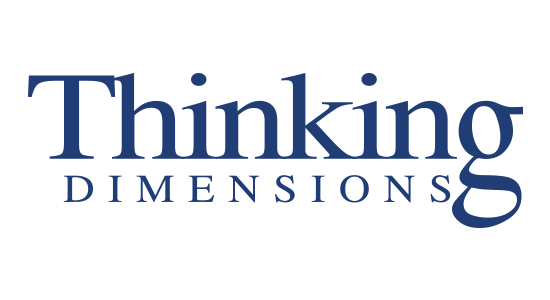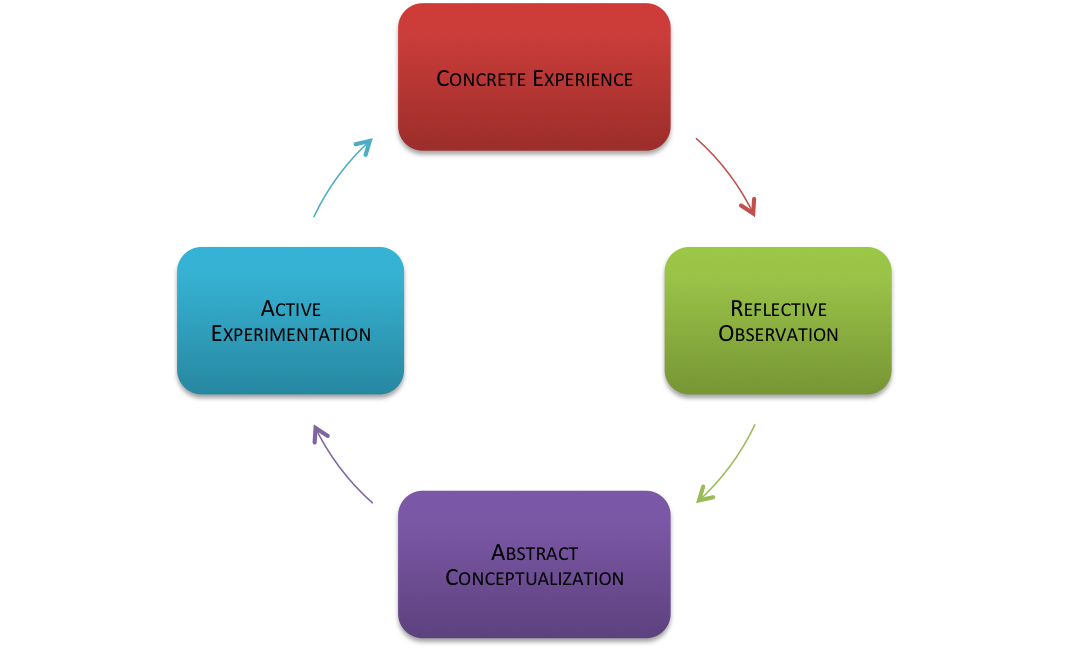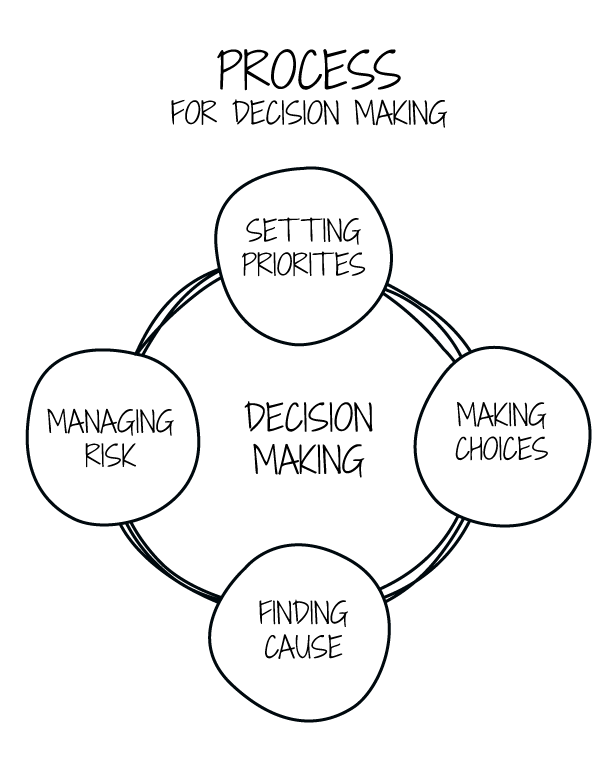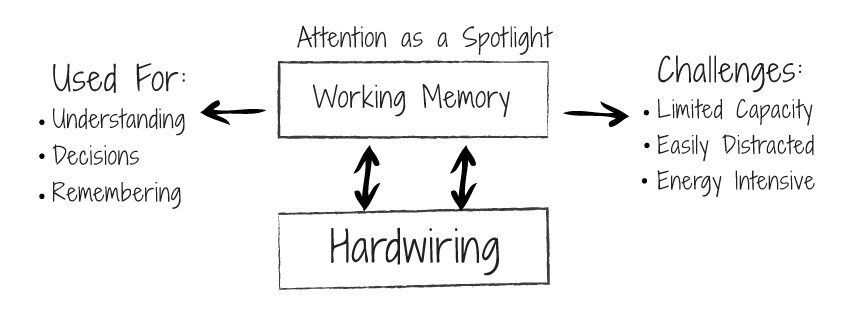Through Simulation to Exasperation (Blog 2 of 5)
You will have noticed this is Part 2 and as such is a continuation form “Viewing the Problem from the Customer's Shoes.” We have taken 16 unsuspecting participants and are about to launch them into the Polestar business simulation to help them to better understand the business they are in (Their Day Jobs). This is the first step in creating order from chaos.







